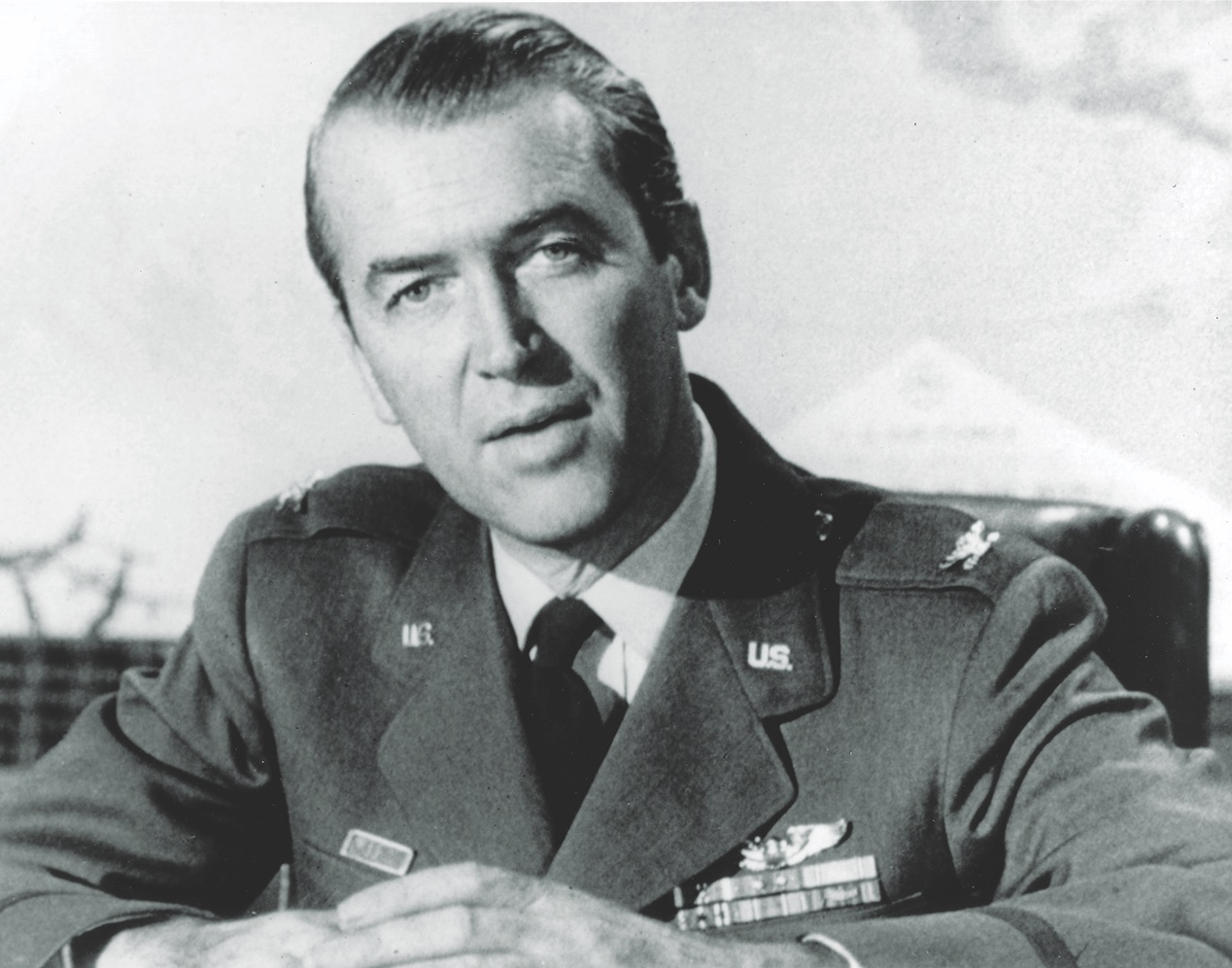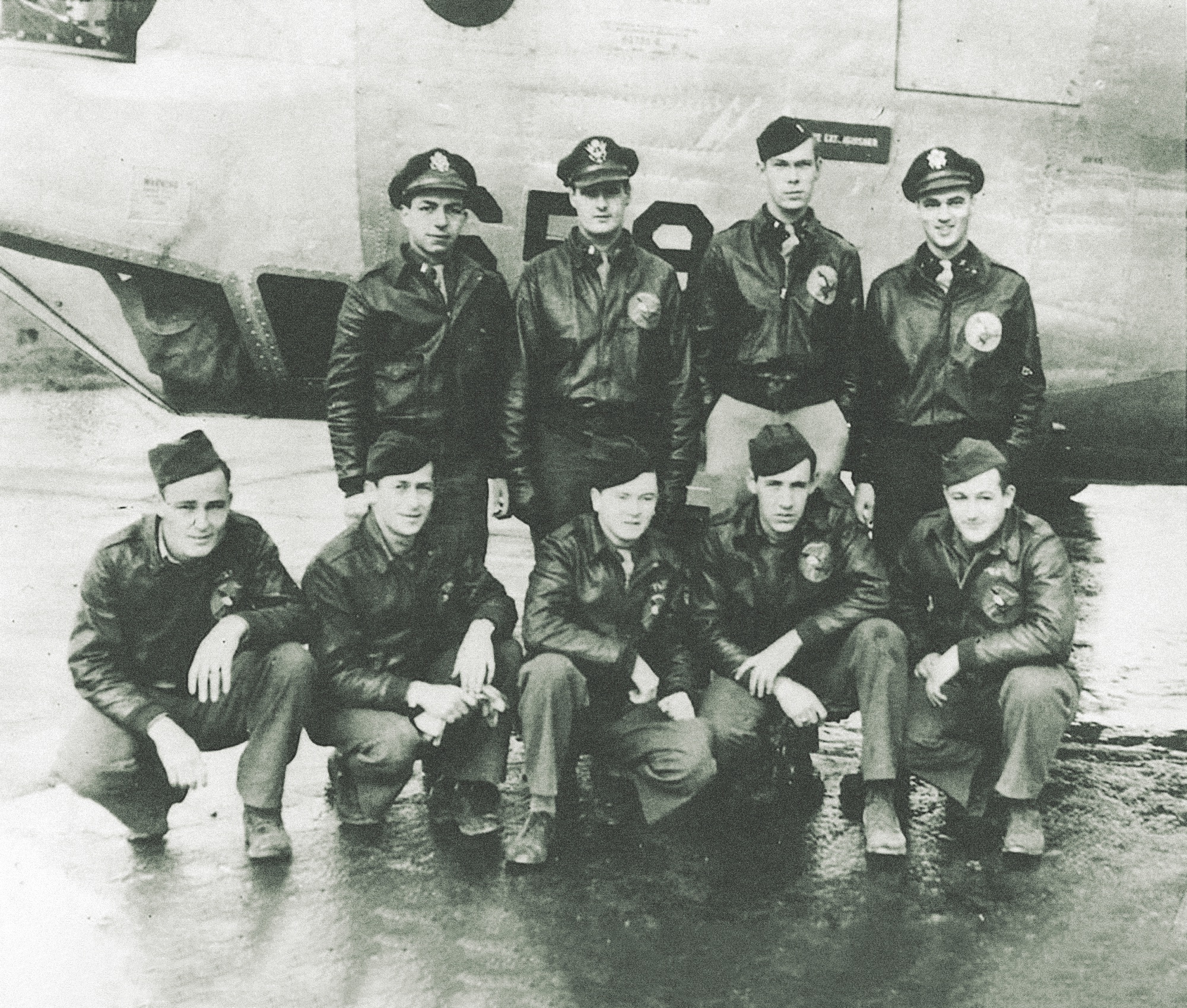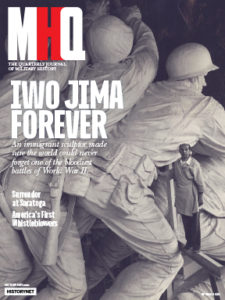In 1945 six American B-24H Liberators accidentally bombed Zurich, in neutral Switzerland. Two airmen were court-martialed for the error.
Neutrality in warfare has existed as a legal or social concept for centuries. It is a lofty ideal: that a nation can declare to the world that it wants no part in any quarrel beyond its borders, and then rely on the forbearance of warring neighbors to respect that declaration. Far too often, they do not. It is hardly surprising, then, that violations of neutrality fill the historical record. The earliest iterations of neutrality in the Western world were religious in nature, as in medieval times, when all combatants were to spare the church and its clergy from depredation and attack. But the protection was often illusory, and cloister and cleric frequently suffered the ravages of war, just as their secular counterparts did.
Throughout history, violations of neutrality in wartime have been both deliberate (to achieve a strategic goal or to avert a greater calamity) and accidental. The opening weeks of World War I provided some notable examples. Belgium had been guaranteed independence and neutrality by the 1839 Treaty of London, but in 1914 Germany deliberately violated the terms of the treaty when it chose to use Belgian territory as the most expedient route, under its Schlieffen Plan, to envelop the French army. Britain, honoring its commitment to defend Belgium’s neutrality, immediately took the field against Germany. It was perhaps ironic, then, that when the hasty British defense of Antwerp collapsed under the German assault in October 1914, an entire battalion of the Royal Naval Division crossed the Dutch border—in deliberate violation of Holland’s neutrality—to escape capture by the German army. In accordance with internationally recognized laws of war, the Dutch detained the British sailors for the duration of the war, an outcome the sailors no doubt preferred to imprisonment in a German POW camp.

Accidental violations of a nation’s neutrality are much more common. In World War II, five major European countries—Ireland, Portugal, Spain, Sweden, and Switzerland—refused to become belligerents in the conflict, or at least declined to become active participants, as the conflict engulfed the rest of the continent. Of all the neutral states, Switzerland found itself at greatest risk because of the long border it shared with Germany. As Allied air attacks against German cities intensified after 1942, encroachments into Swiss air space also increased. From 1940 to 1945, the U.S. Army Air Forces and the British Royal Air Force released bomb loads on Switzerland no fewer than 70 times.
The massed bomber formation tactics used in both daylight and nighttime bombing missions during the war markedly increased the risk of major damage or loss of life whenever British or American aircraft misidentified Swiss cities as German ones. The formations required high-altitude flight patterns, which, particularly at night, understandably contributed to navigational and other errors that led bombers unwittingly off course and into Swiss territory. The single worst violation of Swiss neutrality, however, occurred in broad daylight. On April 1, 1944, a formation of nearly 50 Consolidated B-24H Liberators dropped 60 tons of bombs on the Swiss city of Schaffhausen. Forty people were killed, almost 300 were injured, and the city was severely damaged. The navigators and bombardiers in the formation lead had misidentified Schaffhausen as the German city Ludwigshafen am Rhein, about 146 miles to the north. An investigation determined that bad weather, high winds, and the misidentification of various terrain features had all contributed to the bombers’ error. The U.S. Army Air Forces issued an official apology, which was delivered in person by General Carl Spaatz (who reportedly chafed at the assignment), and the U.S. government paid more than $4 million in restitution for the error.
Allied aircraft bombed other major Swiss cities, including Geneva, Basel, and Stein am Rhein, during the war. The most notable incident came on March 4, 1945, when a formation of six B-24Hs of the 392nd Bomb Group (Heavy), Eighth Air Force, dropped 241/2 tons of mixed payload, consisting of high-explosive bombs and incendiaries, on Zurich. Five civilians were killed. Damage on the ground was considerably less than that inflicted on Schaffhausen the year before, but what made the Zurich case different from all others was its legal aftermath. After an initial investigation by the U.S. 2nd Air Division, two American officers were charged with violating the 96th Article of War.
Lieutenant William R. Sincock, the formation’s lead pilot, was accused of having “wrongfully and negligently caused bombs to be dropped in friendly territory.” The senior navigator aboard Sincock’s aircraft, Lieutenant Theodore Q. Balides, was held primarily responsible for the navigational error on which Sincock had based his ill-fated selection of a target. Sincock and Balides were in serious legal trouble, but at least the officers sitting in judgment of their case had themselves experienced the chaos and carnage of the air war. The presiding officer of the court-martial was none other than James Stewart, the famous actor. Stewart’s appointment had nothing to do with his celebrity. In 1945 he was a full colonel in the Eighth Air Force and an experienced bomber pilot in his own right, with numerous combat sorties over Germany to his credit.
The case against the two aviators was predicated on the question of negligence—namely, that they had failed to take all reasonable steps to ensure that the target they identified was in fact German. The prosecution argued that inexperience was not a valid defense because Sincock had flown 22 combat missions, 16 of them as flight lead. The 392nd Bomb Group’s intended target for that day’s mission was the German city of Aschaffenburg, some 180 miles north of Zurich. Because it was a daylight raid, the altitude for the bomb runs was set at 20,000 feet. Sincock’s aircraft, as flight lead, was equipped with three separate electronic navigational systems: the G and GH radio cathode systems, which could both be jammed by the Germans, and the H2X radar apparatus, known as the Mickey. Sincock seemingly had no excuse for flying so far off course and dropping his bombs on Switzerland.
As the defense team showed, however, the mission parameters that day began to fall apart almost immediately after takeoff. The G and GH systems on Sincock’s aircraft both failed, necessitating a greater reliance on visual identification, or dead reckoning, of the ground target. Bad weather over the assigned assembly area, where the bombers were to form up to make their run on the target, forced the formation to scatter, with each fragmented group of aircraft looking for targets of opportunity that might appear on their return routes. The protocol in such situations was that any bomb dropped on Germany was a good bomb. Returning to England with an unexpended bomb load was regarded as full mission failure.
In the court-martial, Sincock readily took the stand in his own defense. He testified that the chaos in the skies above the assembly area meant that he had been forced to make a series of hard turns, both left and right, as well as several full circles. In all that violent maneuvering he lost visual contact with his formation commander, and repeated attempts to raise him on the radio received no response. With no operational electronic navigational aids, Balides and the two junior navigators aboard Sincock’s aircraft found that their best efforts to track their constantly changing position by dead reckoning simply could not keep up with the situation. When the small group of aircraft following Sincock’s lead finally broke away from the other bombers, the navigators’ consensus was that they were then probably 40 miles south of Stuttgart. They therefore believed they were near the Swiss border but still safely on the German side of the line. In fact, they had already strayed over the international boundary.
When the sporadically functioning Mickey scope showed a sizable town coming up on their withdrawal route, Sincock and his crew tried to identify it. Scanning the urban areas along the route on their charts, the crew thought the town was most likely the German city of Freiburg. As lead pilot, Sincock pressed his navigators for a more definite identification of this potential target, even though standard operating procedure dictated that anything that gave a return on the Mickey screen was a target of opportunity, as long as it was in Germany.
The navigators confirmed that the city they were approaching must be Freiburg. The bombardier, through his spotting scope, could only see portions of the town through the ground haze, but he identified several key terrain features that matched those of Freiburg, in particular a triangular patch of woods adjacent to a railroad marshaling yard. Antiaircraft fire began to rise up from the ground, further convincing the aircrews that they were over hostile territory (even though the Swiss regularly fired on Allied aircraft that intruded across the border). When the bombardier toggled the switch to release the payload, the aircrews believed they were above a German city.

When the court-martial convened on June 1, 1945, the defense mustered an impressive array of witnesses to speak to the challenges that had confronted Sincock and Balides. Navigators who had to rely on dead reckoning to track their course could deal with a hard turn or two, but repeated turns to the left and right made accurate navigation impossible. The defense didn’t dispute the prosecution’s charge that Sincock had led a bombing run on Zurich, but it offered compelling reasons why the court should view the incident as a tragic but absolutely inadvertent act.
Having each faced the operational problems that bedeviled Sincock and his crew, the experienced combat pilots on the board needed little convincing. Stewart kept his opinions of the case to himself while the trial was in session, but after Sincock and Balides were acquitted on all charges by a unanimous verdict, he said that he was pleased with the outcome.
The Zurich bombing incident was the only case in World War II in which American servicemen were formally prosecuted for an act that involved violating the neutrality of another country. The reason this case was brought to court-martial when other, more serious ones were not came to light shortly after the trial. The Adjutant General’s office concluded that the case went to court-martial so that the State Department, in its negotiations with the Swiss, could cite it as evidence of how seriously the United States viewed the incident. In 1949 the U.S. government agreed to pay $14.4 million in reparations to Switzerland for damages inflicted by American military operations during the war.
A similar bombing error occurred during the Korean War, when two American aircraft mistakenly attacked a Soviet airfield just inside the USSR border. The U.S. government formally apologized for the error and court-martialed the two aviators responsible for the attack. They were both acquitted, like Sincock and Balides, and for precisely the same reason: Navigational error was held to be the cause, not criminal negligence.
It has been suggested that Allied bombings of Swiss territory were sometimes deliberate rather than accidental, but the case of one German city demonstrates that aircrews were often more inclined to be cautious than cocksure. The German town of Konstanz is almost surrounded by Swiss territory. All through the war, Konstanz deliberately left its lights on at night, making it indistinguishable from the neighboring Swiss town of Kreuzlingen. Allied bombers knew that Konstanz was there but could not identify it with enough certainty to be sure they would not bomb Kreuzlingen by accident. By cloaking itself in its neighbor’s neutrality, Konstanz, even though it was a legitimate target with war industries in its environs, was never bombed and survived the war intact.
John A. Haymond is the author of Soldiers: A Global History of the Fighting Man, 1800–1945 (Stackpole Books, 2018) and The Infamous Dakota War Trials of 1862: Revenge, Military Law, and the Judgment of History (McFarland, 2016).
[hr]
This article appears in the Spring 2020 issue (Vol. 32, No. 3) of MHQ—The Quarterly Journal of Military History with the headline: Laws of War | Mistaken Targets

Want to have the lavishly illustrated, premium-quality print edition of MHQ delivered directly to you four times a year? Subscribe now at special savings!





